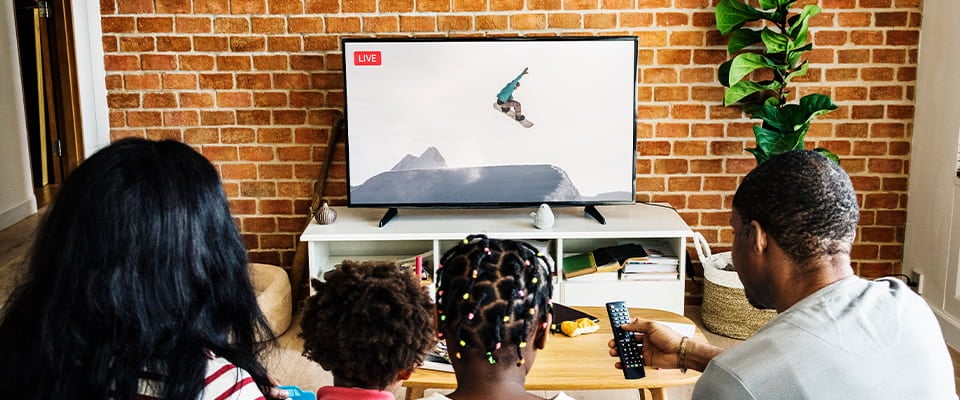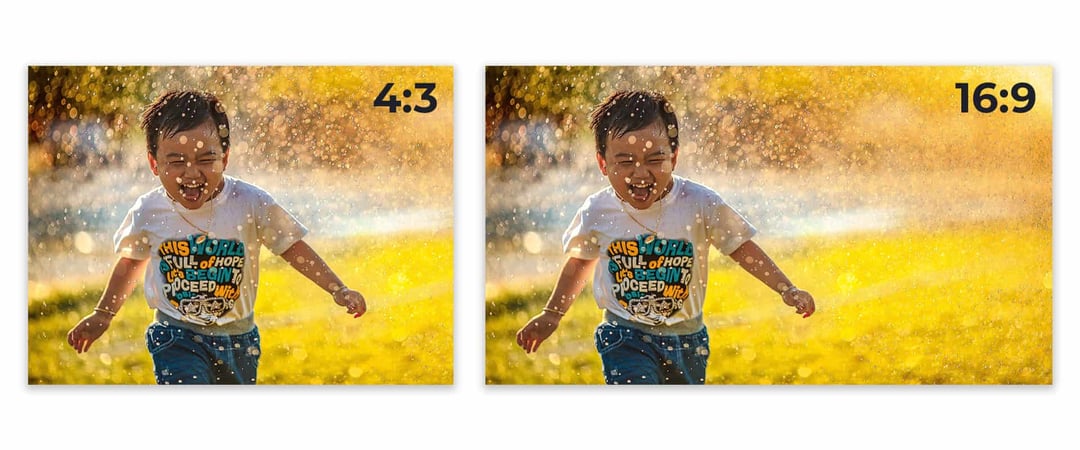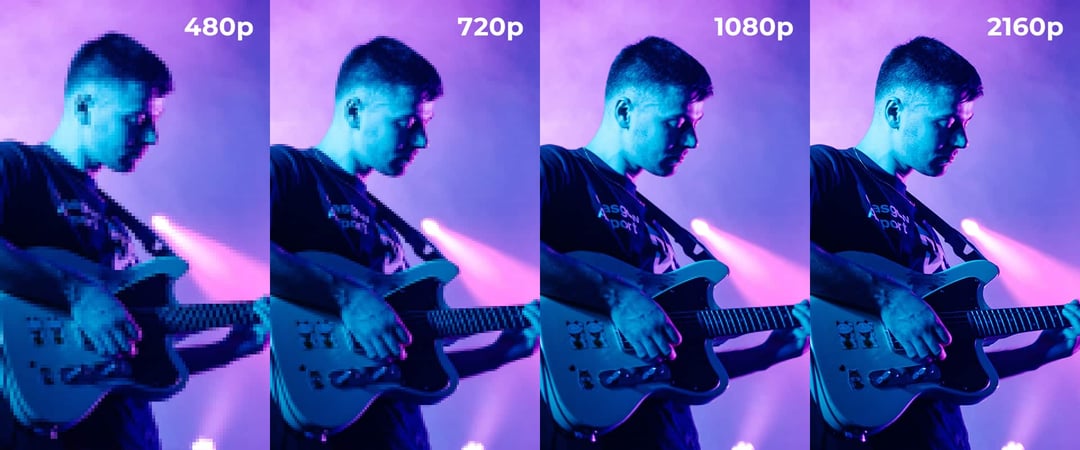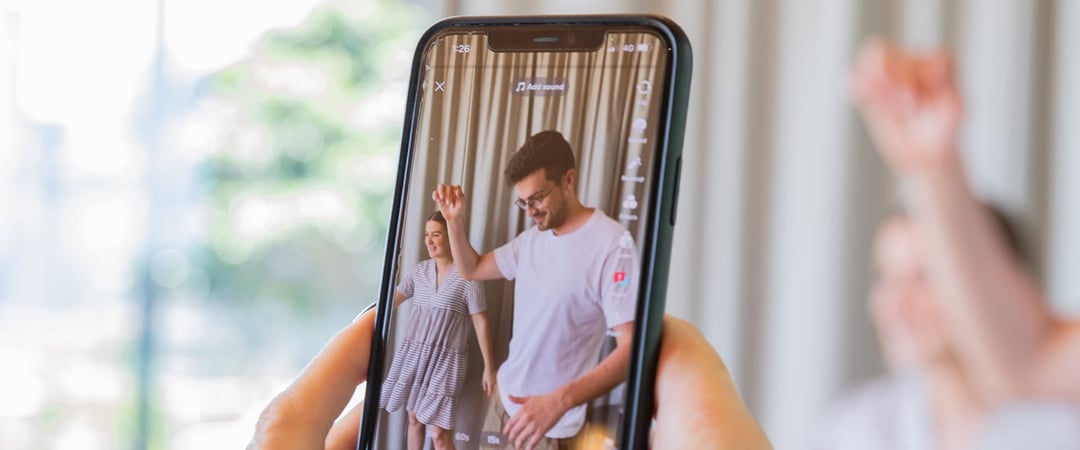VIDEO
Products
Streaming
Deliver flawless live video to any audience, anywhere
OTT Apps
Launch and monetize your own branded TV & mobile apps
Spark Encoder
Tap into hardware encoding that's compact and powerful
Broadcaster App
Go live straight from your phone or tablet with studio-quality control
Features
BoxCast Flow
Ensures smooth playback even on shaky networks
Sharing
Instantly clip, share, and amplify your broadcasts
Producer
Create professional streams right from your browser
Third-Party Encoders
Use the gear you love with our support of RTMP and SRT
AUDIO
RemoteMix
Mix live audio remotely from anywhere in the world
Compatible Mixers
Connect your favorite digital mixer to RemoteMix
INDUSTRIES
House of Worship
Reach and engage your congregation wherever they worship
Sports
Stream games with professional quality for fans everywhere
Local Government
Bring transparency and connection to your community broadcasts
Business
Power your corporate events, webinars, and live streams
LEARN
Blog
Insights, trends, and tips for the audio/video community
Tech Tips
Quick how-tos and deep dives on the latest streaming technology
Guides
Essential tips and expert strategies to expand your reach
Newsletter
Stay up to date with product news, best practices, and more
Podcast
Hear stories and strategies from our customers and experts
DISCOVER
Customer Stories
Explore real-world success stories to inspire your organization
Events
Join us at an upcoming conference and meet with our team
Webinars
Get all the details and register for our next live webinar
About Us
Discover our company's mission, values, and team story
Broadcasting, Live Streaming Software

BoxCast Team • September 30, 2022
The aspect ratio of a broadcast can make all the difference for an audience. No one likes fiddling with widescreen settings, or constantly rotating their phone to get the right view. Broadcasting your stream in the proper aspect ratio will ensure the best picture is delivered to your audience.
Aspect ratio is one of the most frequently misunderstood parts of video content creation. It can be tough to keep track of all the various terms for the different modes of display, the size of the screen, and the actual pixel count on it. Aspect ratios are actually one of the simpler parts of the broadcasting — once you understand them.
To start, aspect ratios are often titled in simplified terms. A 16:9 aspect ratio doesn't literally mean your content will be displayed 16 pixels by 9 pixels. In this regard, aspect ratios are more static than things like resolution and pixel count, which seem to constantly be increasing in number.
Aspect ratios have changed a lot to correspond with the technology of the times. In older days, when TVs and computer monitors were more square shaped, a 4:3 aspect ratio was often used. This had some benefits. Programmers preferred the more vertical design to scroll through text logs more easily, but the boxy display never quite captured that cinematic, theatrical grandeur that so many broadcasters seek to emulate.

As a result of shifting tastes and technological advances, aspect ratios started to take on a wider, more rectangular profile. This eliminates the need for widescreen settings on content, as it’s already fit to the more horizontal format.
Nowadays, 16:9 is the international standard for broadcasting. That's not to say that other aspect ratios are worse or obsolete — in fact, some unexpected and formerly counterintuitive practices, such as vertical filming with phone cameras, are starting to make a resurgence, thanks to the prevalence of smartphone apps that share videos.
One of the biggest confusions around aspect ratios is the relationship between them and screen resolution. These two factors are often conflated and interchanged, when in reality they’re two very different specifications, which should work harmoniously to enhance the broadcast.
As mentioned before, aspect ratio is a simplified measurement based on the proportional width in relation to the proportional height of the display. Resolution, on the other hand, actually does refer to the literal total number of pixels on screen. Over the years we've seen this number rise drastically, from the standard definition days of 480p all the way up to the modern and hyper-sharp 2160p and beyond.
Unlike aspect ratio, where the numbers aren't a real reflection of quality, screen resolution can be directly attributed to the quality and sharpness of your video content. The more pixels you have on screen, the more detailed your visuals can be.

To qualify as full, high-definition video in today's market, content needs to be at least 1920x1080, and 4K resolutions push the envelope even further with 3840x2160 screen resolutions. For the true aesthetes, there’s 8K video, but it’s a new and limited technology that has yet to be fully refined. Most consumer devices (like phones, computers, and TVs) aren't yet made to display content at 8K — so broadcasting video at that resolution is generally pointless until consumer hardware gets up to speed.
You may wonder why you shouldn't just use the highest possible resolution for all your broadcasts. There can be problems with this approach.
For one thing, higher resolution means more data is required to adequately capture and display your broadcast. This additional strain can lead to bandwidth and storage shortages, as well as potentially causing errors for viewers that need to load far heftier videos.
Depending on the nature of your broadcast, it may be worth exploring the idea of streaming in a lower resolution. Plenty of industries don’t require the kind of cutting-edge picture 4k resolution provides, and mobile viewers may not even be able to appreciate the extra detail. Many Twitch streamers prefer a 720 resolution to smooth their frame rate and ease bandwidth requirements. However, if you're solely producing video on demand (VOD) without a live stream, a higher resolution will probably work best for you.
You won't often see a professional broadcast with a 1:1 or square aspect ratio. Modern displays are overwhelmingly rectangular, usually boasting greater width than height. For this reason, a square aspect ratio can leave a lot of dead space on the display — an undesirable effect in almost any broadcast.
These aspect ratios present an interesting case, because they demonstrate an evolution in the way we consume our video media.
Broadcasters working in 1:1 are not at all concerned with covering every pixel on your 45-inch monitor. Many of these creators are professional and recreational broadcasters that are taking advantage of and exploring new platforms and trends. (Instagram, for example, was a major pioneer in bringing the 1:1 aspect ratio to the modern age). While the look of 1:1 may not entice everyone, it presents a more authentic, home-grown approach.
Broadcasts with a 1:1 aspect ratio are typically short, easy to understand, and shared via social media and other easy access points. In the hands of grassroots organizers and new media creators, it's easy to imagine the budget for a huge production, including professional framing and composition, isn’t realistic for these users.
Videos shared in 1:1 are easily adapted to mobile platforms. Most major apps with camera functionality provide the option to shoot in 1:1, comfortably taking up the top half of most smart phone screens, rather than the whole of a smart TV or large HD display.
1:1 video content can be used to reinforce blog content or provide visual and dynamic instruction alongside written content. In this case, the neat, symmetrical dimensions of 1:1 don't take focus from the written work, yet still provide a comfortable viewing experience.
The old and familiar style of 4:3 was once the international standard for broadcast screens. Some readers likely remember an old, boxy set from their younger days, complete with rabbit ears and dials.
Modern screens have come a long way from the TVs of yesteryear, and while the new standard of 16:9 has supplanted 4:3, that doesn't mean it doesn't still have some uses.
Some broadcasters opt for this style, as it actually preserves a box within the shot that can be adapted to a 16:9 aspect ratio with some trimming. This is usually done to convert the content to higher definition — though the loss of some of their peripheral details as well as degradation of the image is still not ideal.
This aspect ratio has experienced a renaissance of sorts in recent years, with the advent of so many popular mobile streaming apps like TikTok. We'll go into more detail about this below.
It wasn't very long ago that you'd be considered primitive for posting any video in 9:16. The vertical or tall dimensions were met with disdain as computer screens were dominated by dead space, with only a thin sliver in the middle providing any image. Phone cameras were certainly a huge step forward in terms of photographs, but as far as videos were concerned, the mobile aspect ratios simply weren't compatible with the screens or software of that time.

The recent advent of smartphones and mobile streaming has had an interesting and unexpected impact on the world of broadcasting. Smartphones originally revolutionized broadcast media through their ubiquity — everyone had one, and everyone could film and photograph whatever they saw. From home movies to spurring civil rights movements, mobile phone cameras were a huge evolution in how we create media.
With the new surge in video content flooding the internet, there were still some traces of etiquette from older methods of filming. While many users took to filming while holding their phones horizontally to create a 16:9 aspect ratio for their content, plenty were still in the figurative dark ages. But not for long.
As smartphone popularity and functionality grew, third parties began providing apps that were designed specifically for mobile use. As smartphones are typically on the cutting edge of recent consumer technologies, this meant that both the hardware and software of smartphones could compete with formerly unmatchable industry equipment. You could never do a remote broadcast with a flip phone, but now the most high-end phones boast a picture quality that can compete with proper cameras.
Thus, a new market was created for mobile broadcasters, and this had a host of different requirements and considerations compared to traditional methods.

One of the most immediate effects of this new market was the resurgence of 9:16 aspect ratios. Developers realized that with so many users now streaming from their smartphones, they were now faced with a contradictory problem: Users were now forced to alter their viewing to accommodate the much-too-wide ratios of videos in 16:9.
While turning our phones sideways is hardly a herculean task, the modern consumer is all about efficiency and convenience, and so too are products and services. In light of these developments, apps like TikTok were created to specifically use the vertical aspect ratio, and have achieved worldwide popularity and success.
Other companies, like Instagram, have opted for a mix of old and new methodologies. They offer both landscape and portrait aspect ratios — basically, their version of 16:9 and 9:16. This allows most videos taken in one ratio or the other to be seamlessly integrated with Instagram's player.
Just like every aspect of broadcasting, the biggest consideration regarding your aspect ratio should be your audience. If everyone who streams your program does it on a desktop, obviously you'd be better suited to sticking with 16:9. But the world is unfortunately not that simple.
The platforms and devices used by your audience will have a direct impact on the type of aspect ratio that would appeal most, so getting the stats on which devices are streaming your content is highly recommended.
Even if you can't get that user data, there are plenty of other considerations that can help inform your decision.
Stream quality seems like an obvious factor. Of course your audience is going to want the sharpest, clearest picture possible, but the relationship between quality and video bitrate is more involved than some assume.
For example: What do you do if you only have a 1:1 broadcast, but you want your audience to see it at 16:9? You can't just stretch the image across, because it’ll distort and ruin your work. You could crop it to maintain dimensions without altering proportions, but then you may be missing important details viewers want.
A major consideration for small-to medium-sized broadcasters is the size, quality, and data rate of the content being broadcasted. Storage is a scarce commodity for many organizations, and a steady schedule of broadcast programming means you'll likely need more storage than the average business.
If you can't shell out for corporate storage and data managers, you could be limited to handling all storing and archiving yourself. In that case, you may be hard pressed to make space for all your shows.
Some broadcasters in this situation opt to make sacrifices to achieve a lower file size. This can be achieved in a number of ways but the most common is by capping video quality.
In this post we discussed a variety of topics that influence your video quality, particularly focusing on aspect ratio. When it comes to live video streaming, we recommend streaming in a 16x9 HD resolution whenever possible so your video is equally accessible on mobile devices, laptops, and smart TV apps.
We also discussed file size, video bitrate, and video quality in relation to aspect ratio.
Thanks to our patented, advanced streaming protocol, BoxCast’s live streaming service makes it easy for broadcasters to stream high quality video more efficiently with lower data rates. This ultimately leads to smaller file sizes in your archives while retaining HD quality, and allows you to more easily stream reliable video at higher frame rates. Learn more about BoxCast Flow, our super reliable streaming protocol, on our blog.
Whether you’re broadcasting from an iPhone, computer, or advanced encoder, BoxCast has the tools organizations need to stream events of all sizes without sacrificing quality.
Aspect ratio is a simplified measurement based on the proportional width in relation to the proportional height of the display. Resolution, on the other hand, actually does refer to the literal total number of pixels on screen.
These two aspect ratios are mutually exclusive when it comes to live streaming. If your viewers are watching on both mobile and desktop devices, we’d recommend streaming in 16:9.
No. Pretty much any streaming service will lock you into the aspect ratio you initially go live with. However, you can always download the file later and change the aspect ratio of your video in an editing program.
Once you get a handle on aspect ratios and how they impact broadcasting, you're in the know to tailor your live stream's quality and resolution. There are several components of streaming that impact this, take a look at these articles to level up your knowledge:
© 2025 BoxCast. All Rights Reserved. | +1-888-392-2278